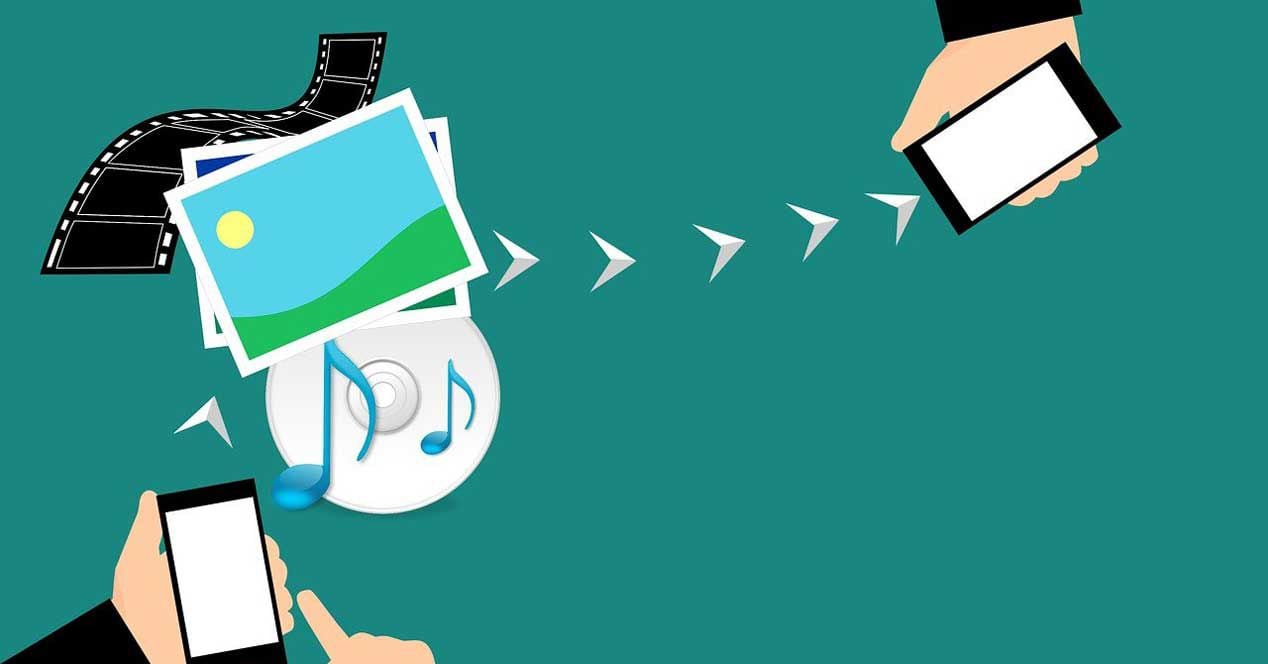
The way files are sent from one mobile phone to another has changed a lot over the years. Until not so long ago, sending a photo meant placing two cell phones together to take advantage of infrared rays. Then there is Bluetooth, which simplifies the task a lot, and along with Wi-Fi and smartphones, apps like WhatsApp or Google Photos are set as the default system for sending files.
But there are more systems. One of the most popular ways, although not as well known as WhatsApp or Telegram, is Wifi Direct. This feature is installed on all current mobile phones and allows two Wifi enabled smartphones to be connected to each other without a router or an access point.
In this article, Infobae brings more information about this technology, how it works and how it can be configured on an Android smartphone.
What is Wifi Direct
Specifically, Wifi Direct is certified by the Wifi Alliance. Simply put, Wifi Direct allows one of the devices to act as an access point and the other as a client. In this way, a connection is established between them without the need for an intermediary device (usually a router). It's basically a private wireless network between two devices.
Wifi Direct is integrated into all Android phones, but the file sending function is not implemented as such. To exploit it, you need to use a third-party application, such as Mi Drop, Share It, Xender or Send Anywhere.
Benefits? The speed can reach 250 Mbps while Bluetooth 5.0 stays at 2 Mbps. Requires that the app is installed on both devices.

This is how to set up Wifi Direct on Android
The tracking path will depend on the mobile device being used and its customization layer, but the Wifi Direct settings are always in the network section. In the case of a pure Android, which is in the vast majority of cases, the steps are as follows:
1. Acceder a la app de ‘Ajustes’.
2. Go to 'Network and Internet'.
3. Select 'Wifi'.
4. Go to the bottom and select 'Wi-Fi Preferences'.

5. Open the 'Advanced' menu and select 'Wifi Direct'.
Once there, the phone will start searching for Wifi Direct devices around it and display them in list. When you want to connect to a device, simply tap it and confirm the connection on it.
As for mobile phones, little or nothing can be done at the moment. As mentioned earlier, in most cases you will need a dedicated application.

This is how you can send files using Wifi Direct
There are many applications to send files via Wifi Direct, but this time Mi Drop has been chosen, being completely free.
The first thing is to download and install it on both devices, which can be done directly from the Google Play Store. Now, you have to follow these steps:
1. On the sending cell phone, click on 'Send'.
2. On the receiving cell phone, click on 'Receive'.
3. On the sending cell phone, select the file (s) that you want to send. There are no limits.
4. On the radar that appears, click on the name of the receiving mobile phone or, failing that, scan the QR code.
5. Accept the connection and wait for the transmission to complete.

Ready. All files will be sent in a second. This can be useful for sending photos without quality loss, or large files that take too long via Bluetooth, or that will consume a lot of data from your plan.
KEEP READING
Últimas Noticias
Debanhi Escobar: they secured the motel where she was found lifeless in a cistern
Members of the Specialized Prosecutor's Office in Nuevo León secured the Nueva Castilla Motel as part of the investigations into the case

The oldest person in the world died at the age of 119
Kane Tanaka lived in Japan. She was born six months earlier than George Orwell, the same year that the Wright brothers first flew, and Marie Curie became the first woman to win a Nobel Prize

Macabre find in CDMX: they left a body bagged and tied in a taxi
The body was left in the back seats of the car. It was covered with black bags and tied with industrial tape
The eagles of America will face Manchester City in a duel of legends. Here are the details
The top Mexican football champion will play a match with Pep Guardiola's squad in the Lone Star Cup

Why is it good to bring dogs out to know the world when they are puppies
A so-called protection against the spread of diseases threatens the integral development of dogs




